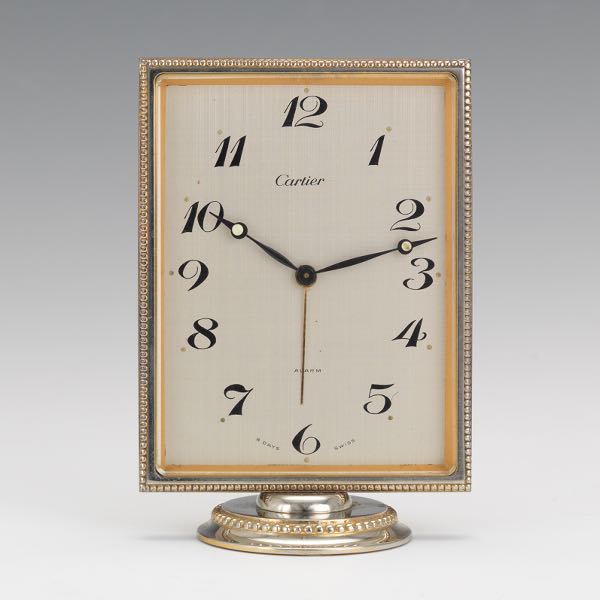


Manuscript view of the castle clock (Left) and computer assisted reconstruction (Right) © 1001 Inventions Here are some key examples: 1. Al-Jazari’s Castle Clock, 12th centuryįigures 3-4. ‘Only time will tell’ but to take one nation’s contribution out would be taking one gear out from a clock… hopefully you will find much more information and examples in Professor Al-Hassani’s upcoming book on clocks ‘all in good time’… One only needs to observe how Archimedes works were preserved in Arabic (see above figure 2) or how Al-Jazari’s “Elephant clock” embodied Indian, Persian, Greek, Egyptian, Chinese and Arabic elements almost as if it was an united nations’ clock (see figures 15-16) . Most importantly, clocks were a shared legacy, especially clocks from Muslim Civilisation were “ahead of their time”. ‘Once upon a time’ in Europe, a figure on a clock of the ‘French Charles X in Ottoman outfit riding an Arab stallion’ (see figure 25), demonstrating how clocks even became a fashion statement (see figures 35-36). ‘There was a time when’ sending clocks as gifts became a policy between nations it even reached from Ottomans to Mexicans (see figures 38). ‘As time goes by’ not just in automata, robotics or other technologies, clock development competed with astrolabe development in astronomy in example Taqi al-Din’s Astronomical clock (see figures 7-8). ‘In time’ towers, mosques and even whole streets turned in to clocks, for example with the construction of clocks such as the Bou’Anania clock (see figures 22-24). Huge clocks, sometimes reaching 6 meters high, were designed by the likes of Al-Jazari and others. ‘Time is of the essence’ clocks turned from a development in technology to an art form. ‘Stand the test of time’ clocks have been used in Muslim Civilisation from the early ages of Islam.

In the hands of Arab scholars not only was the Greek tradition of water clocks developed, but detailed descriptions were written by the compilers of The Book of Archimedes on the Construction of Water-Clocks (eighth to twelfth centuries) by al-Muradi (eleventh century) al-Khazini (early twelfth century) Ridwan (late twelfth to early thirteenth century) and al-Jazarl (late twelfth to early thirteenth century).”* 16v ( Source)Īs in the west so in the east, but here we have far more information. From ‘The Book of Archimedes on the Construction of Water-Clocks’ in Arabic. This also contributed towards the development in automata and other technological advancements.įigure 2. Though Archimedes book on the water-clocks was not just preserved in Arabic – advancement and the creativity in building clocks became a form of art like the astrolabes. Clock-makers from Muslim Civilisation indeed, used Indian and Greek technology. However, the quote itself shows that the usage of clocks was a common practice in and before 9th Century – maybe even the making of clocks. This may be the earliest record of clocks in Muslim Civilisation history. Our kings and scientists use the astrolabe by day and the binkamat (water-clocks) by night” Al-Jahiz, Kitab-al-Hayawan *Introduction to the History of Science Vol.11 Part II by George Sarton, Baltimore, William and Wilkins company, 1931, p.632. The earliest reference to a clock is found in al-Jahiz’s Kitab-al-Hayawan in the second half of the 9th centurys.” George Sarton* The Arabs also made better and more accurate devices for measuring time, clepsydras or water-clocks. Scholars, inventors and craftsmen made innovative automata, carried out detailed mathematical analysis, constructed intricate clocks and attempted to master automatic control as they created and expanded upon inventions to mark and measure time. Note: Composed by Cem Nizamoglu and first published in 1001 Inventions website.Ĭlocks and timekeeping were one of the most significant developments of Muslim civilisation. Elephant Clock in Ibn Battuta Mall, Dubai These sophisticated devices that defied the Middle Ages.įigure 1. TIME TELLING MACHINES: Revealing marvellous mechanical and water-powered clocks from early Muslim Civilisation.


 0 kommentar(er)
0 kommentar(er)
